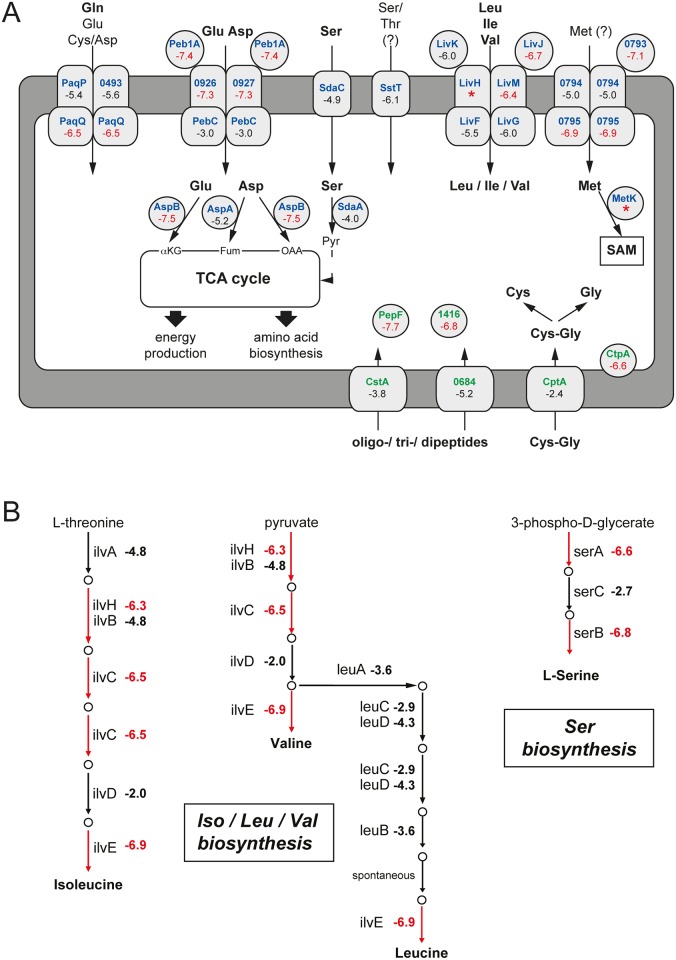Fig 4. Role of amino acid and peptide metabolism in C. jejuni intestinal colonization.
(A and B) Impact of the mutations in genes involved in the transport, metabolism (A), or biosynthesis (B) of amino acids and peptides that are important for C. jejuni colonization as determined by insertion sequencing (INSeq) analyses. The log2 (fold change [intestine/inoculum]) in the number of transposon insertions within the depicted C. jejuni genes are shown, and when depicted in red, the value indicates a statistically significant colonization defect. *: denotes genes showing a limited number of insertions within the library and no insertions within the pooled of mutants recovered from the intestine. The red arrows in panel (B) denote that the number of insertions within the gene involved in the indicated reaction was significantly reduced within the pooled of mutants recovered from the mouse intestine (relative to the inoculum). The log2 (fold change [intestine/inoculum]) depicted beside each gene is taken from S3 Table. Asp, asparagine; Cys, cysteine; Gln, glutamine; Glu, glutamic acid; Gly, glycine; Ile, isoleucine; Leu, leucine; Met, methionine; OAA, oxaloacetate; SAM, S-adenosyl methionine; Ser, serine; TCA, tricarboxylic acid; Thr, threonine; Val, valine.

